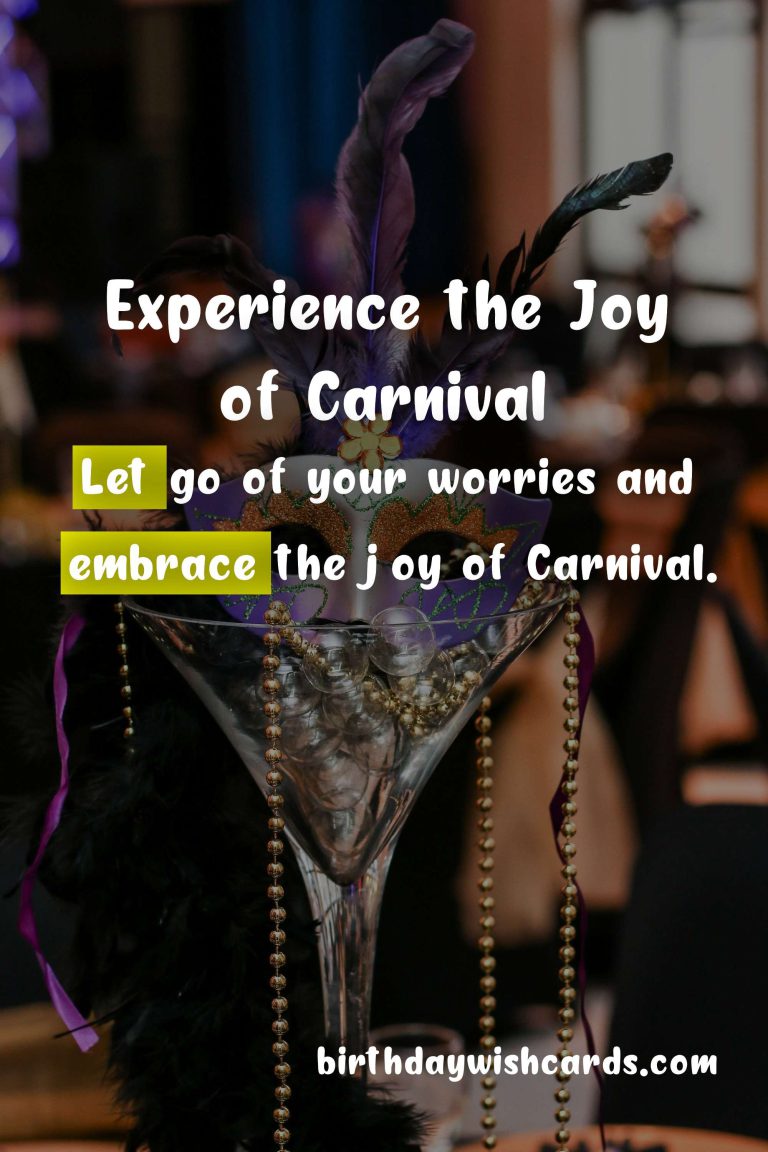Experience the Joy of Carnival: Celebrating Life, Culture, and Community
Carnival—widely known as Mardi Gras or Fat Tuesday—is a vibrant, exuberant festival celebrated each year before the Christian season of Lent. This lively event captivates millions worldwide, inviting both locals and visitors to join in the revelry. During Carnival, communities burst into life with music, dazzling parades, colorful costumes, and a feast of delicious foods.
But Carnival is more than just a party. It is a celebration of life, cultural heritage, and the spirit of community. In this guide, we explore the origins, traditions, significance, and experiences that make Carnival an unforgettable global event.
The Origins of Carnival
Carnival’s roots reach back to ancient pagan festivals that marked winter’s end and the arrival of spring. These early celebrations featured feasting, dancing, and rituals meant to bring fertility and prosperity for the coming season.
As Christianity spread, these pagan customs were woven into the religious calendar as a prelude to Lent—a 40-day period of fasting and reflection before Easter. Carnival became the final opportunity to indulge in rich foods and spirited celebration before the solemnity of Lent began.
Over the centuries, Carnival blossomed into a dazzling array of cultural expressions, each reflecting the unique history, traditions, and artistry of its region. From the extravagant parades of Rio de Janeiro to the elegant masked balls of Venice, every Carnival has its own distinct character and customs.
The Celebrations: Parades, Costumes, and Culinary Delights
Carnival festivities often span several days, culminating on the day before Ash Wednesday. The highlight is the spectacular parade, filling the streets with music, dance, and vibrant displays of creativity.
- Colorful Parades: Floats decorated with elaborate designs, street performers, and marching bands create a mesmerizing spectacle. Participants wear eye-catching costumes—often inspired by folklore, mythology, or current events—delighting audiences with their energy and artistry.
- Masks and Costumes: Traditionally, masks concealed identities, allowing people to break social norms and revel freely. Today, masks and costumes are celebrated as art forms, showcasing intricate designs, bold colors, and imaginative concepts.
- Delicious Food and Drink:

